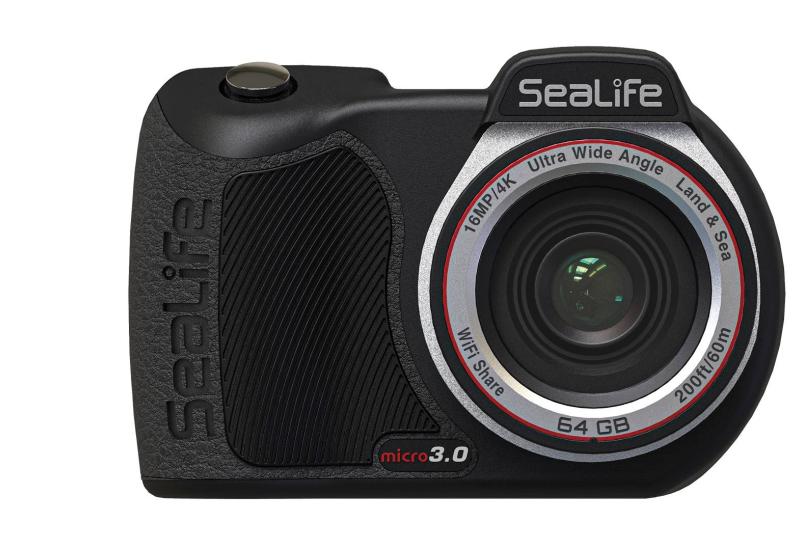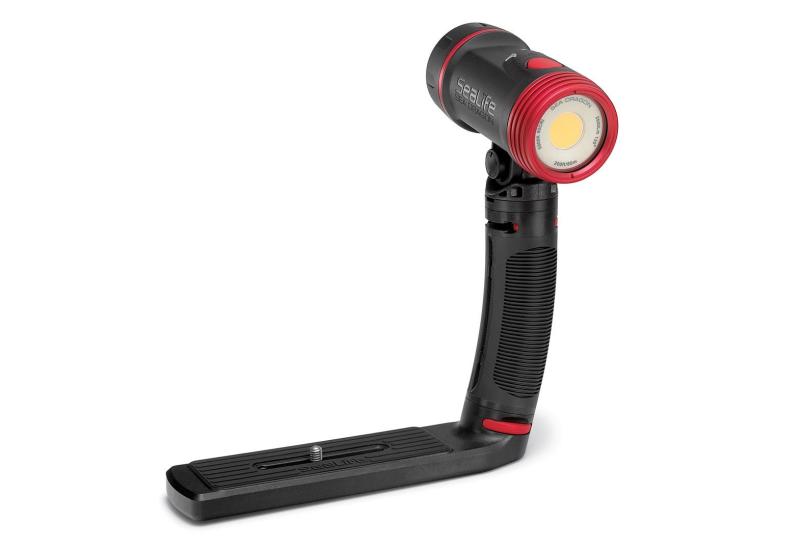New Kid on the Block

by David Henshaw Like many underwater photographers, we had come to a point when we wanted to upgrade our system. The usual route is to move to the latest camera housing by our current manufacturer, to utilize the investment we’ve already made in port and lighting systems. Which isn’t easy. We wanted to upgrade our two Nikon D200 systems to D300s. The search was on for the best deals available on both cameras and housings through our network of underwater photographers around the globe. Our conversations led us to Hong Kong, where uber photographers, and good friends Stephen Wong and Takako Uno suggested we talk to Edward Lai, owner of the newly formed Nauticam ([email protected] ; www.nauticam.com), which was completing the final pre-production housings for the Nikon D90 and D300/300s models. Edward and his team has been in the precision mold manufacturing industry for more than 20 years, and now focusing on development and production of underwater photographic equipment. The introductions were made and after many e-mails over a couple of weeks Edward sent us a Nikon D90 and Nauticam housing for us to use on our trip to the Philippines. The package arrived well in time for our trip. We pulled the housing out of the box, and what caught our eye most was the quality of finish and precision of the engineering. Then we took it underwater, where we discovered the system was simple to operate and had much easier access to the operating features than we were used to. Additional levers have replaced some of the traditional push-in rods, making regular operations much easier and at your fingertips. We were able to connect our Inon strobes via optical cables that enabled use without electrical sync cords (a potential point of weakness), and for those that like to use TTL the need for additional converters wasn’t necessary. The bonus was that we could use our existing Sea & Sea ports by simply removing the existing locating plates and replacing them with a simple Nauticam bayonet ring –– a one-off operation for continued use on the Nauticam housings. The fitting of the ports is simplicity itself through the unique lever/locking feature on the front of the housing –– open lever, push in port, close lever! Existing zoom gears? No problem –– a well-engineered adapter allows all existing zoom lens gears to be used! During our trip we used the system on more than 50 dives and only had two minor faults (one of which was due to camera failure and the other, a fixing point which has since been rectified for the production units). The Enhanced Optical 180º Viewfinder was supplied as an optional extra, but has such excellent qualities that once we tried realized would be difficult to return to the standard. Overall, the housing was an eye-opener. Well thought out, well designed, and best of all the prices are extremely competitive in this cutthroat market, which is surprising for such a quality item. Nauticam Housing Features and Benefits
- The port mount mechanism provides quick and easy exchange of ports via release/locking lever on the housing.
- Allows use of Sea & Sea ports by replacing rear locking plates with Nauticam bayonet ring with a simple one-off application to existing ports. Nauticam also produce adapters for Nexus, Aquatica, Subal, Ikelite etc.
- Provides dual strobe connection via dual optical sensor bulkheads using the cameras’ built-in flash enabling strobes to be used in TTL or Manual Mode or through an optional single Nikonos 5-pin bulkhead.
- Operating levers are used for the OK, AF, Live View (if featured) and Review operations.
- Molded grip handles in polycarbonate and rubber for textured, smooth grip. Spacers are available to increase width from housing if required.
- Sturdy 3-point locking-latch housing closure.
- Lighter weight housing construction versus competitors.
- Audible and visual moisture alarm sensor.
- Simple installation of optional Enhanced 180º Viewfinder.
David Henshaw is a retired designer and engineer living out his special passion for diving and underwater photography on the beautiful island of Menorca. The views and opinions in this article are solely those of DigitalDiving (www.digitaldiving.co.uk).

by David Henshaw Like many underwater photographers, we had come to a point when we wanted to upgrade our system. The usual route is to move to the latest camera housing by our current manufacturer, to utilize the investment we’ve already made in port and lighting systems. Which isn’t easy. We wanted to upgrade our two Nikon D200 systems to D300s. The search was on for the best deals available on both cameras and housings through our network of underwater photographers around the globe. Our conversations led us to Hong Kong, where uber photographers, and good friends Stephen Wong and Takako Uno suggested we talk to Edward Lai, owner of the newly formed Nauticam ([email protected] ; www.nauticam.com), which was completing the final pre-production housings for the Nikon D90 and D300/300s models. Edward and his team has been in the precision mold manufacturing industry for more than 20 years, and now focusing on development and production of underwater photographic equipment. The introductions were made and after many e-mails over a couple of weeks Edward sent us a Nikon D90 and Nauticam housing for us to use on our trip to the Philippines. The package arrived well in time for our trip. We pulled the housing out of the box, and what caught our eye most was the quality of finish and precision of the engineering. Then we took it underwater, where we discovered the system was simple to operate and had much easier access to the operating features than we were used to. Additional levers have replaced some of the traditional push-in rods, making regular operations much easier and at your fingertips. We were able to connect our Inon strobes via optical cables that enabled use without electrical sync cords (a potential point of weakness), and for those that like to use TTL the need for additional converters wasn’t necessary. The bonus was that we could use our existing Sea & Sea ports by simply removing the existing locating plates and replacing them with a simple Nauticam bayonet ring –– a one-off operation for continued use on the Nauticam housings. The fitting of the ports is simplicity itself through the unique lever/locking feature on the front of the housing –– open lever, push in port, close lever! Existing zoom gears? No problem –– a well-engineered adapter allows all existing zoom lens gears to be used! During our trip we used the system on more than 50 dives and only had two minor faults (one of which was due to camera failure and the other, a fixing point which has since been rectified for the production units). The Enhanced Optical 180º Viewfinder was supplied as an optional extra, but has such excellent qualities that once we tried realized would be difficult to return to the standard. Overall, the housing was an eye-opener. Well thought out, well designed, and best of all the prices are extremely competitive in this cutthroat market, which is surprising for such a quality item. Nauticam Housing Features and Benefits
- The port mount mechanism provides quick and easy exchange of ports via release/locking lever on the housing.
- Allows use of Sea & Sea ports by replacing rear locking plates with Nauticam bayonet ring with a simple one-off application to existing ports. Nauticam also produce adapters for Nexus, Aquatica, Subal, Ikelite etc.
- Provides dual strobe connection via dual optical sensor bulkheads using the cameras’ built-in flash enabling strobes to be used in TTL or Manual Mode or through an optional single Nikonos 5-pin bulkhead.
- Operating levers are used for the OK, AF, Live View (if featured) and Review operations.
- Molded grip handles in polycarbonate and rubber for textured, smooth grip. Spacers are available to increase width from housing if required.
- Sturdy 3-point locking-latch housing closure.
- Lighter weight housing construction versus competitors.
- Audible and visual moisture alarm sensor.
- Simple installation of optional Enhanced 180º Viewfinder. David Henshaw is a retired designer and engineer living out his special passion for diving and underwater photography on the beautiful island of Menorca. The views and opinions in this article are solely those of DigitalDiving (www.digitaldiving.co.uk).














